
Rotational grazing revives the prairie
Foraging sheep, prairie plants, and soil health all benefited from a two-month experiment that allowed Chris Schmidt to rotationally graze on neighboring land enrolled in the federal Conservation Reserve Program (CRP).
The 45-acre prairie restoration was overdue for mid-contract maintenance… “Songbirds. Butterflies. Bees. All that stuff is intertwined one way or another. We can’t have one without the other. Increase that diversity not only in plants but wildlife,” Schmidt said of grazing the landscape…
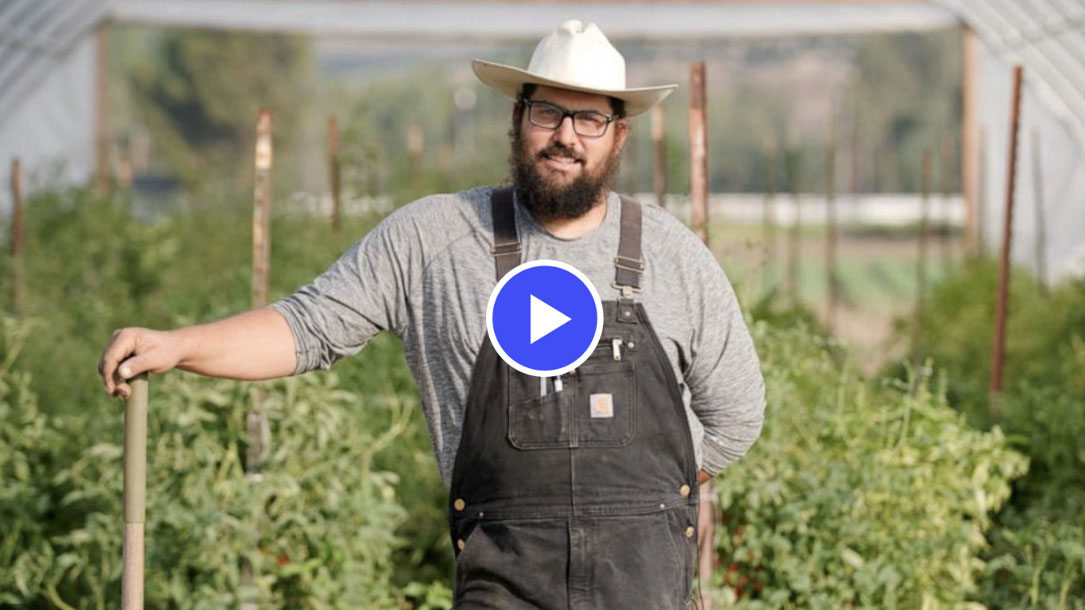
Could new soil practices save farmers from climate change?
Some farmers are finding that no-till soil management can insulate plants against extreme weather. Soil health is a big factor in this; managing weather stress, insects, and changing conditions are part of our farming future.
Good Morning America featured this video recently. It’s a good sign that regenerative agriculture is now starting to go mainstream. If you work with farmers and ranchers, this might be something you could share.
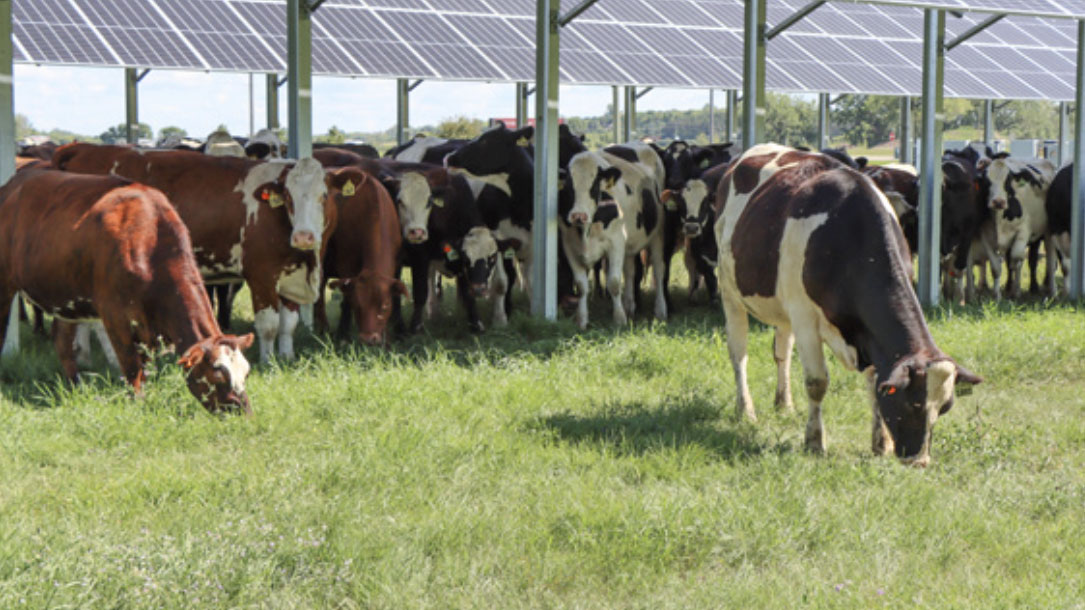
Solar panel shade for cattle
Dr. Brad Heins, associate professor of dairy management at the University of Minnesota and researcher at the West Central Research and Outreach Center in Morris, Minnesota, implemented this idea at the center’s 300-cow pasture to provide shade for the herd and energy to power milking equipment. “The concept of solar grazing started because we wanted to reduce heat stress and produce energy to utilize in our dairy farm,” Heins says. “Our goal is to have a net-zero dairy.”
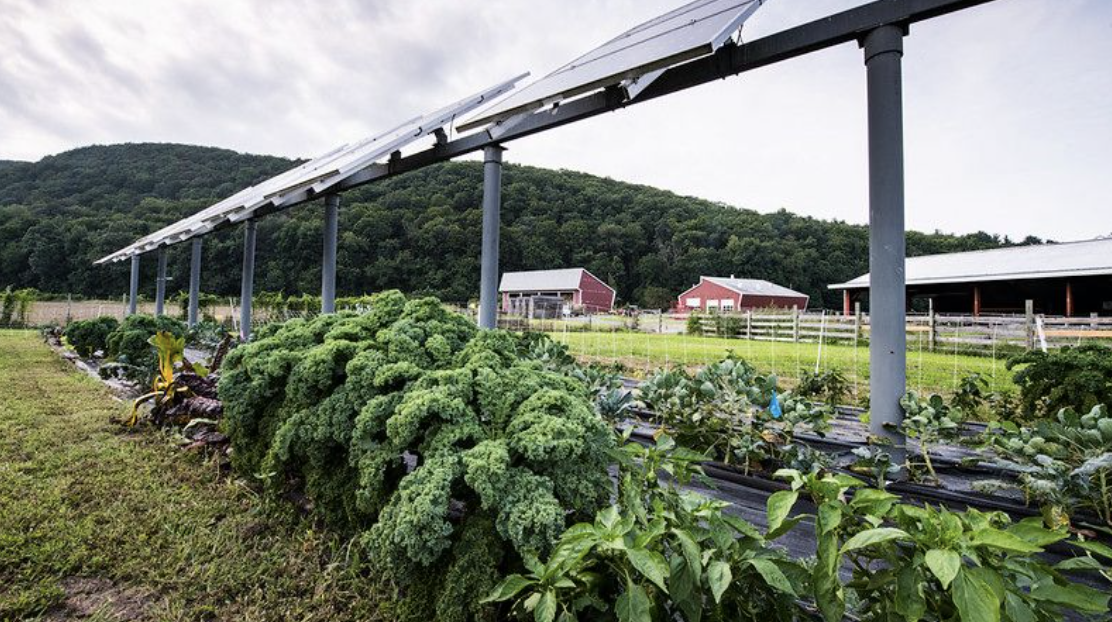
Agrivoltaics clearinghouse launches to share info on matching solar with farming
Solar installations may cover more than 3 million acres of the United States over the next decade, opening the door for PV to be paired with agricultural land to produce food, conserve ecosystems, and maximize income for farmers.
This opportunity, led by the National Center for Appropriate Technology to launch, is said to be the nation’s first AgriSolar Clearinghouse to connect farmers, ranchers, land managers, solar developers, and researchers with information about co-locating solar and agriculture…
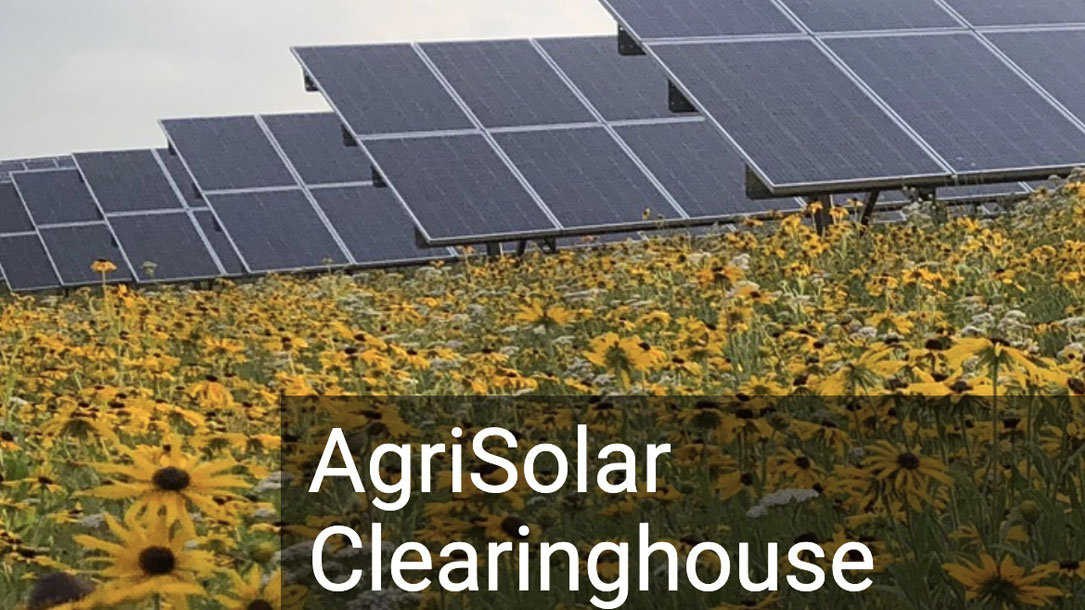
What is the AgriSolar Clearinghouse?
The AgriSolar Clearinghouse is an information-sharing, relationship-building, public communications hub for all things agrisolar. The AgriSolar community will:
- Connect farmers, developers, researchers, and the public
- Provide practical technical assistance
- Develop best practices and innovative solutions to barriers
- Evaluate innovative financing options
- Promote sustainable agrisolar opportunities

Agrivoltaics to protect crops from heavy rainfall
BayWa r.e. and the Fraunhofer Institute for Solar Energy Systems ISE have built a 258 kW agrivoltaic system that hosts apple cultivation under four different crop protection systems. The system utilizes agrivoltaic technology with permanent, light-permeable PV modules that block rain, and tracking PV module tech that blocks rain only if necessary…
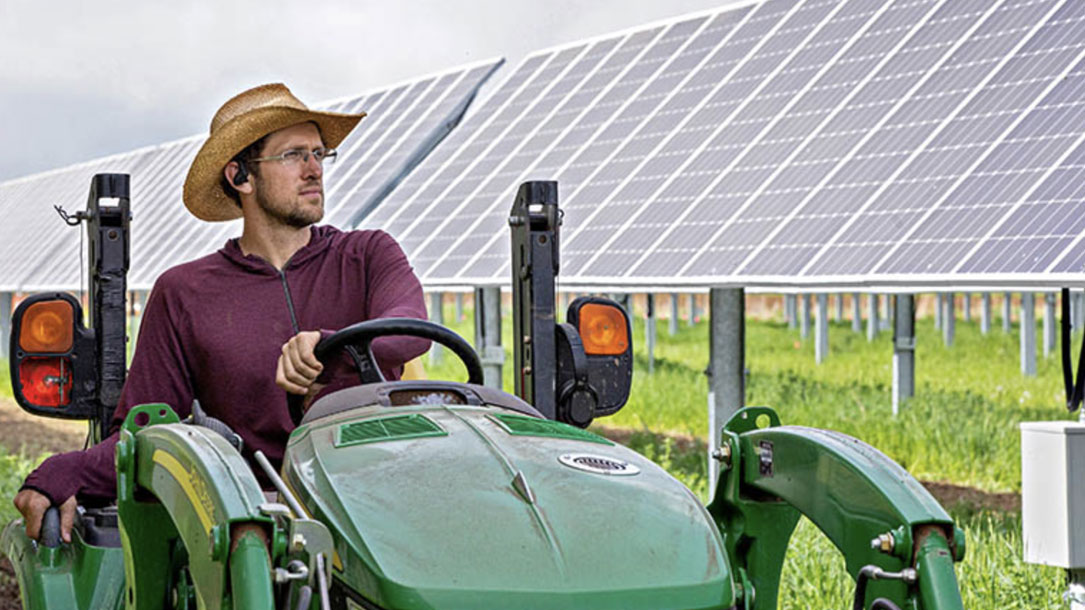
The future of agriculture combined with renewable energy finds success at Jack’s Solar Garden
Jack’s Solar Garden is the largest commercially active agrivoltaics system researching crop and vegetation growth under photovoltaic solar panels in the United States. The garden generates enough power for more than 300 homes from 3,276 solar panels (6 ft and 8 ft) that create a 1.2-MW community solar garden.
Audubon Rockies, a regional office of the bird protection society, established their largest Habitat Hero pollinator habitat in Colorado around the solar array, while a local nonprofit farming organization, Sprout City Farms, trains young farmers to cultivate crops under the solar panels…
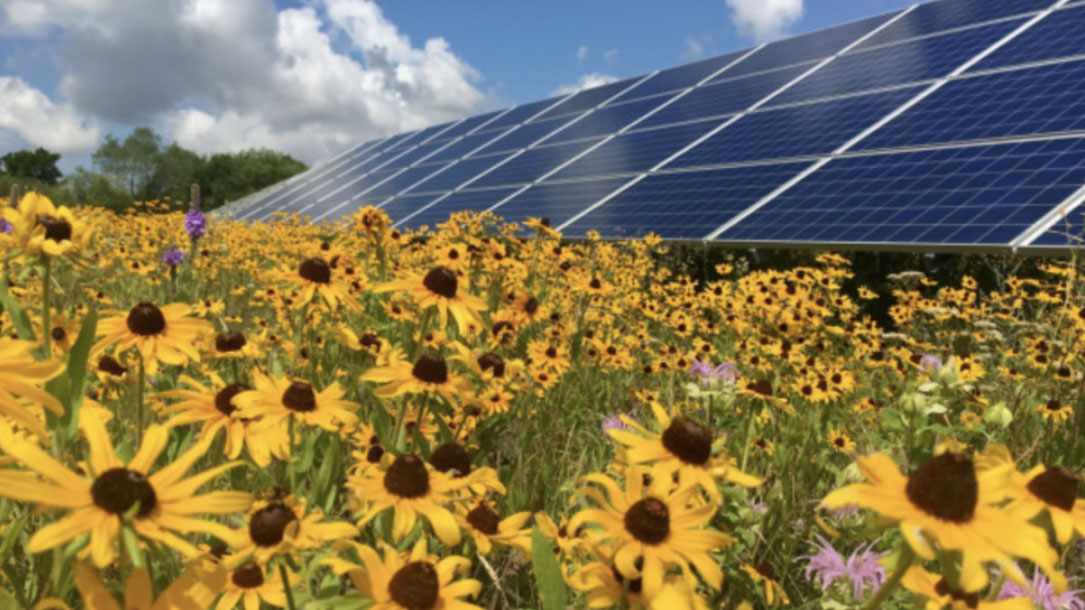
Farm-friendly solar site management
You may find the slides of this presentation helpful in understanding how you and/or community organizations can think through how solar can be compatible with conservation and farming goals — and how to help communities recognize the importance.
There is an opportunity to help people understand how compatible wind and solar can add to farm viability, soil health, and water quality.
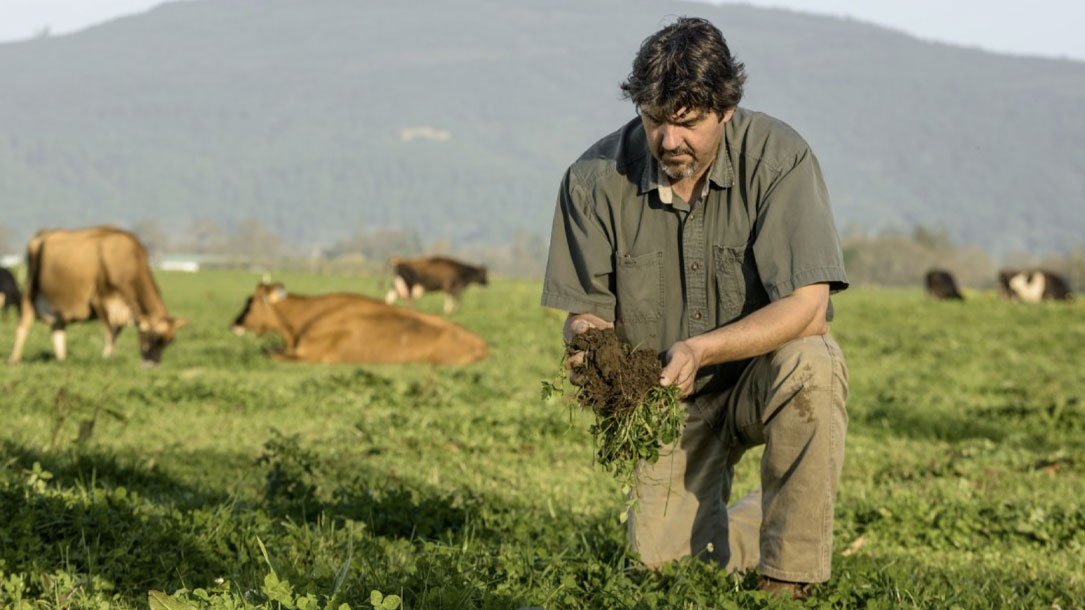
Nation’s first regenerative dairy works with nature to heal soil — at scale
At a time when large dairy brands are experimenting with scaling up regenerative practices, Alexandre Family Farm is working to set the standard for the future of the industry…
The couple currently farm on about 9,000 acres (up from 560 acres when they first bought the ranch) with 8,000 head of cattle, including 4,500 mature cows, spread across four locations. All of their cows are on pasture after 5 months of age and the entire land gets grazed eight to nine times per year…
More than a dozen Northeastern dairies (all small-scale, with 100 – 150 cows) are currently going through the ROC certification process, Whitlow says, and the hope is that once those are announced, “it’ll show what’s possible”…

Six habitat improvements that are also climate solutions
When you think about who cares about slowing down climate change, don’t forget about hunters, anglers, and those who have a long-standing connection with the land.
There is no one silver bullet nor single set of actions that will turn the tides entirely — climate change can only be addressed with a comprehensive strategy that involves all of us and all the tools we have. Thankfully, this includes habitat conservation measures that are already supported by sportsmen and women.
Here are six habitat improvement strategies that provide this win-win proposition: better hunting and fishing opportunities and fewer climate-change-driven impacts to fish and wildlife….












